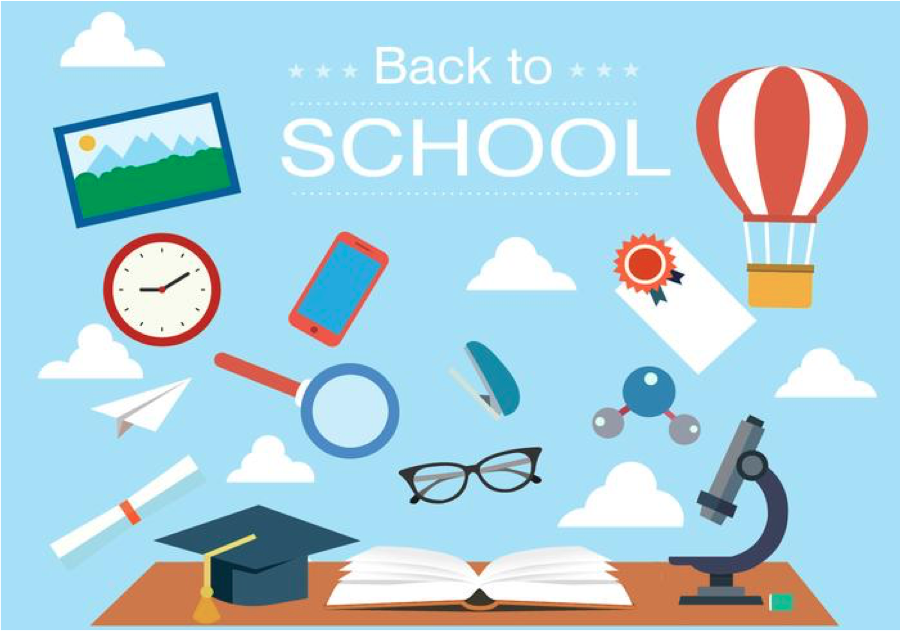Students across the country are jumping for joy as the current school year comes to a close, but for marketers, school is most definitely not out for summer. It’s hard to believe, but in just a few short weeks, the back to school shopping season will be in full swing. It is the longest and second biggest shopping season of the year, spanning from June to September with spending reaching over $80 billion. Opportunities abound for small and large retailers alike, yet competition is fierce. So what can your business do to best strategize for this profitable time? Study up on our tips to help optimize your summer spend.
• The first and perhaps, most important thing to realize is that back to school shoppers are looking for deals! People will shop around until they find the best discounts, so make sure your business offers enticing deals. 65% of shoppers say that final price is the biggest determining factor in their back to school purchases and 70% said they look for more savings during this season than they do during other times of the year. Extra credit for having contests or giveaways and free samples.
• Use your data from last year to target your customers this year. You may know the price points, interests and sizes they purchased previously AND you know they are another year older, so you can target accurately.
• While an omnichannel campaign is generally the best route to go, keep in mind that online and mobile sales are showing strong numbers and still growing. According to NRF, in 2018, 49% of college students said online retailers were their most preferred shopping destinations, as opposed to 40% for department stores. With K-12 shoppers, department stores were most popular with 57%, but online retailers were very close behind with 55% saying that was their most preferred way to shop. And while many purchases are completed via desktop, more than half of consumers browse back to school items on their smartphones because they can do it on the go and it allows them to multitask.
• Don’t underestimate the impact of connecting with shoppers on social media. Partnering with influencers or mom bloggers are great ways to get attention. Both parents and kids (especially teens) often follow the advice or recommendations of those they follow. You could also feature special in-store or traveling events on your feeds to generate buzz.
• Offer helpful tips, tricks, hacks, checklists and advice on school topics on social media platforms and your website. You want to appear like an expert in your field in order to garner trust and loyalty.
• Show your customers how your products can fit into a classroom or dorm room setting. Create in-store displays or photos to post online. Stores like Ikea, Staples and Bed, Bath & Beyond do this all the time. Instead of just stocking your shelves, it gives customers ideas and inspiration for purchases.
• Take note of the biggest shopping days of the season. You may see shopper fatigue outside of the dates below, so think about ways to keep your customers invigorated. The top three days are:
o Amazon Prime Day (mid July) – Last year, this was Amazon’s biggest global sales day ever. If you’re not part of Amazon, you may see them as the enemy, but Prime Day might work to your benefit. Tons of people will already be in shopping mode online, so do what you can to lead them to your site on that day too.
o The first weekend of August (August 2nd-4th) – Shoppers are beginning to realize school is right around the corner and they want to start making big dents in their checklists.
o Labor Day Weekend (August 30th-September 2nd) – This is crunch time for a lot of locations around the country, as many kids will head back for their first day later this week.
Also, keep in mind that spending peaks at various times during the summer for different age groups and products. For example, computers and printers surge in August and clothing sometimes spikes in early September once kids go back to school and see what’s in fashion.
• Location, location, location. As previously mentioned, school starts at different times in different regions. Northeast, Midwest and Pacific Northwest schools tend to open their doors in early September, while the South, Northwest and Alaska begin mid to late August. Parts of Arizona and Hawaii start as early as late July. You might want to consider geo targeting accordingly.
Hopefully, you are able to employ some or all of these tactics to help maximize your revenue during the back to school shopping season. And just remember this – once back to school is over, you will be diving head first into the holiday season. Use the lessons you learned and the trends you spotted over the summer to shape your holiday marketing plans. Maybe that tablet that was abandoned in the shopping cart in August will be on the Christmas list in December.
Good luck and here’s hoping you pull in straight A’s!



